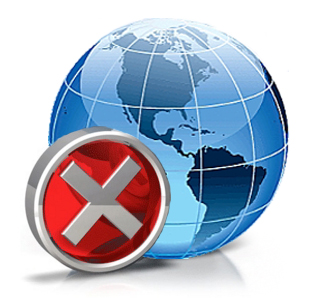 |
S U S P E N
D E D
|
 |
This
website has been Temporarily Suspended...
The web hosting account
associated with this website has been suspended
for one of the following reasons:
1. Payment has not been received . .
... IIf you are the
owner and you have sent payment, you need
to pay your reactivation fees and you may
do so here.
.... The
Reactivation fee must be paid in
addition to all fees that are in arrears.
After we have received your
....
Reactivation fees you will be sent a link
to submit all fees that are in arrears if
you have not already submitted .... ....
payment.
2. The site has been abandoned
3. Failure to renew the domain name
4. Spam
5. This site has been canceled |
|
|
 |